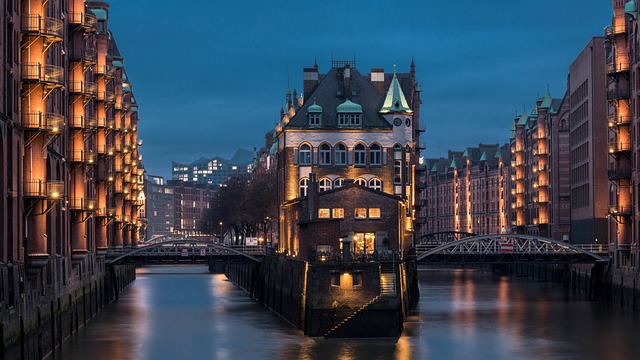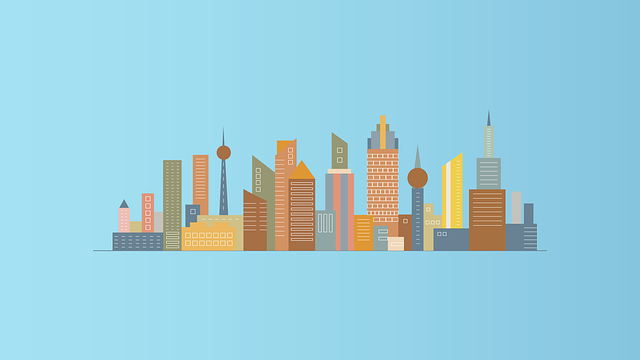Karachi, Pakistan's financial center, faces severe traffic congestion due to high vehicular population and inadequate infrastructure. The city's dense road network, including major highways like the Super Highway, often leads to peak-hour jams. Inadequate parking, haphazard urban planning, and inefficient public transport exacerbate these issues. Efficient mobility is crucial for Karachi's prosperity, with linking roads providing alternative routes, reducing congestion on main thoroughfares, and enhancing accessibility. The proposed Malir Link to Super Highway aims to alleviate traffic by bypassing dense areas, promising reduced travel times, environmental benefits, and stimulated business productivity.
Karachi, Pakistan’s economic powerhouse, faces significant traffic congestion challenges. This urban metropolis, with its bustling streets and growing population, requires innovative solutions to streamline mobility. In this article, we explore Karachi’s traffic patterns, focusing on understanding the city’s unique issues. We delve into the concept of linking roads as a potential game-changer for urban mobility and present ‘Enhancing Connectivity: A Super Highway Solution for Karachi’ as a strategic approach to alleviate traffic congestion, fostering a smoother, more efficient transportation network for the city’s folks.
- Understanding Karachi's Traffic Patterns and Challenges
- The Role of Linking Roads in Urban Mobility
- Enhancing Connectivity: A Super Highway Solution for Karachi
Understanding Karachi's Traffic Patterns and Challenges
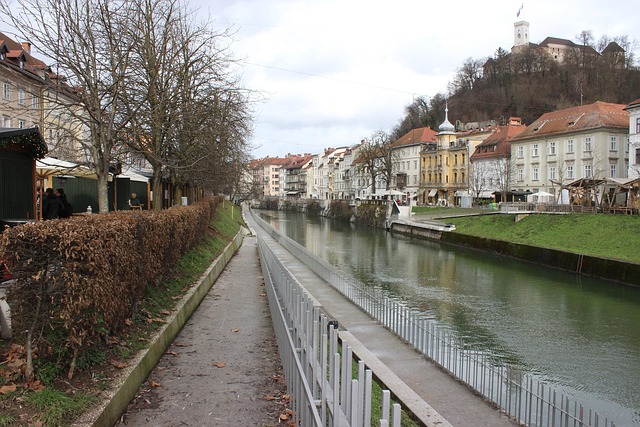
Karachi, Pakistan’s financial hub, is renowned for its bustling and complex traffic patterns. As one of Asia’s largest cities, it faces significant challenges when it comes to managing vehicular flow, especially with the ever-growing population and an increasing number of vehicles on the road. Understanding these traffic dynamics is crucial in evaluating the city’s connectivity and overall mobility.
The traffic landscape in Karachi is characterized by a dense network of roads, including major highways like the Super Highway, which acts as a vital link connecting different parts of the metropolis. However, congestion at key junctions and during peak hours is not uncommon. This often leads to longer commute times and increases road rage among residents. The city’s traffic challenges are further exacerbated by inadequate parking infrastructure, haphazard urban planning, and a lack of efficient public transportation systems.
The Role of Linking Roads in Urban Mobility
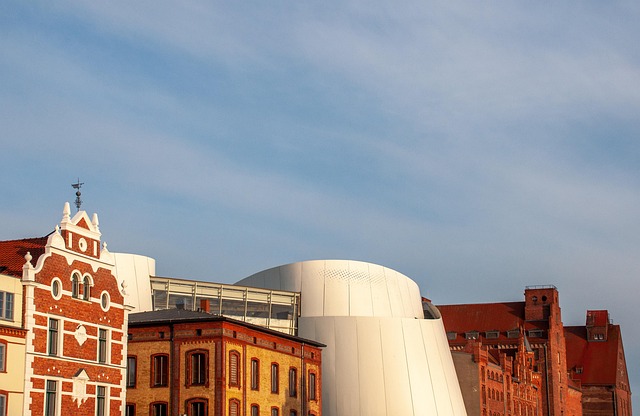
In urban areas like Karachi, efficient mobility is key to a thriving city. Linking roads play a pivotal role in achieving this by providing alternatives to the main superhighways. These connecting routes help alleviate traffic congestion on major thoroughfares, enabling a smoother flow of vehicles and public transport. By distributing traffic, linking roads ensure that even during peak hours, residents of Karachi can navigate the city with relative ease.
Furthermore, well-designed linking roads enhance urban accessibility. They connect residential areas, commercial hubs, and recreational spaces, fostering a sense of connectivity within the metropolis. This network of roads not only facilitates daily commutes but also encourages economic activity by promoting easier transportation of goods and services across different parts of Karachi.
Enhancing Connectivity: A Super Highway Solution for Karachi
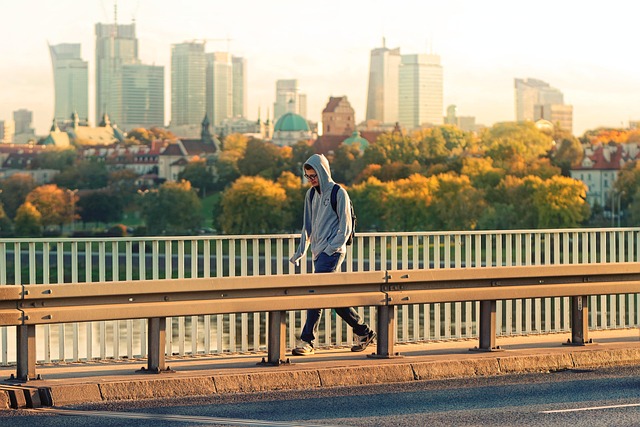
Karachi, as Pakistan’s financial hub, faces significant traffic congestion challenges that hinder economic growth and quality of life. The city’s complex network of roads and streets often struggles to keep up with the demand, leading to lengthy commute times and increased environmental stress.
The proposed Malir Link to Super Highway offers a promising solution to these problems. This ambitious infrastructure project aims to enhance connectivity within Karachi by providing a high-speed, efficient highway that bypasses the city’s dense urban areas. By streamlining traffic flow, it promises to reduce congestion, cut travel times, and contribute to a greener Karachi. The super highway will not only benefit residents but also boost business productivity and attract investments, ultimately positioning Karachi as a model for sustainable urban development in the region.
Karachi, as a bustling metropolis, faces significant traffic challenges. By understanding its unique urban mobility patterns and implementing innovative solutions like enhancing connectivity through a super highway link, we can revolutionize transportation in the city. This strategic approach not only eases congestion but also fosters economic growth and improves the overall quality of life for Karachi’s folks. In light of these considerations, it’s crucial to explore and adopt game-changing infrastructure projects that cater to the dynamic nature of this vibrant city.
